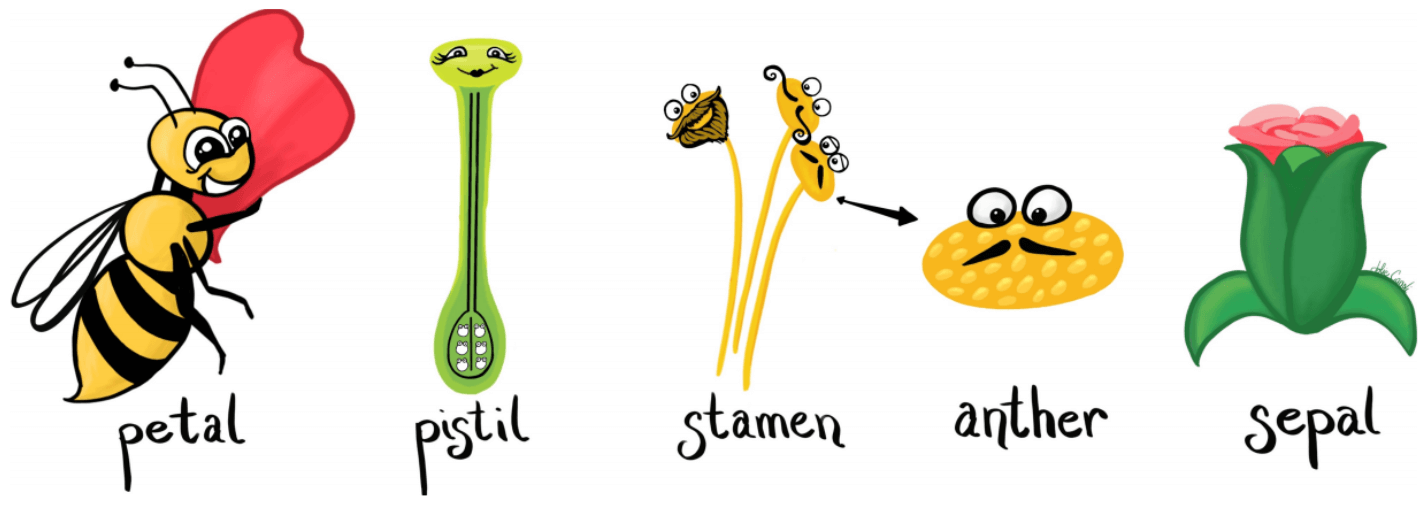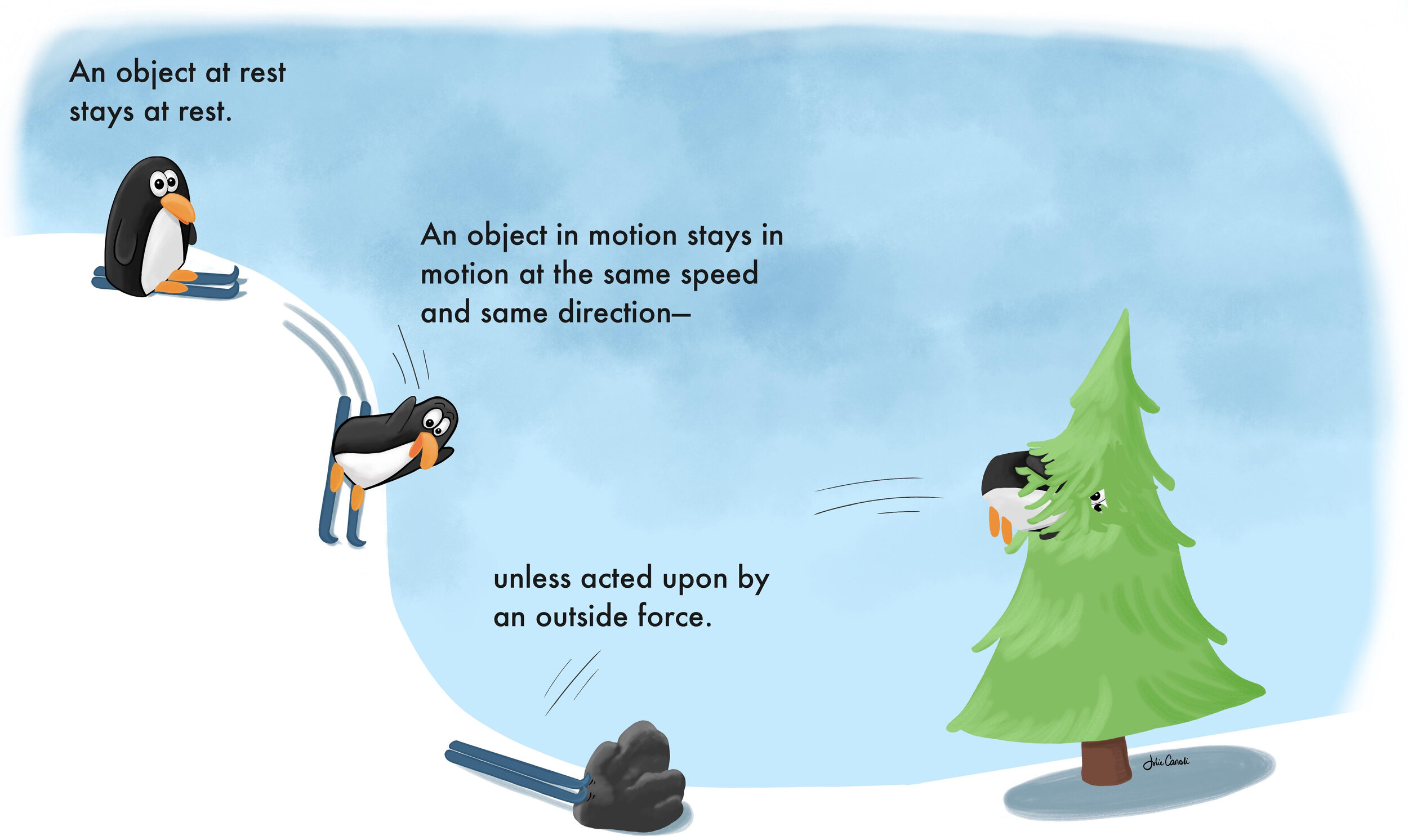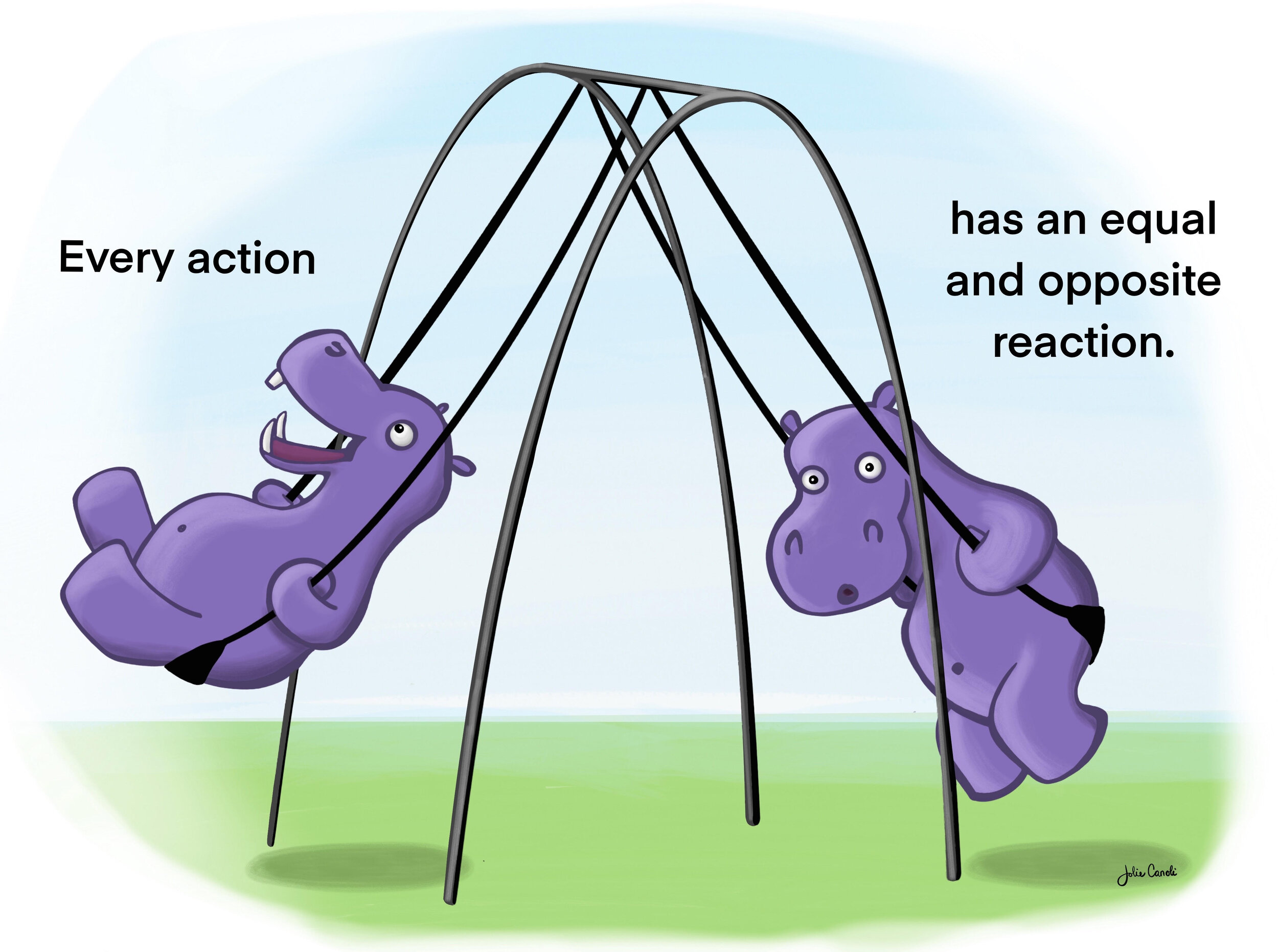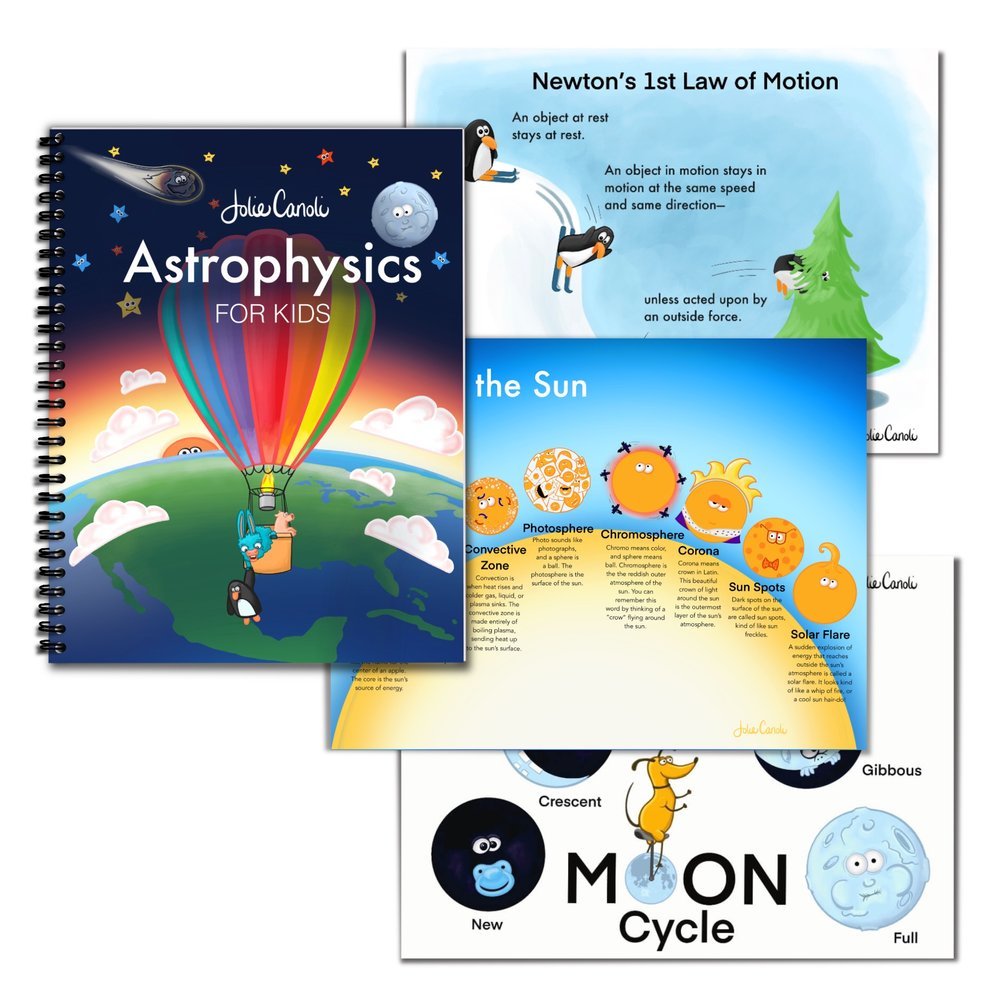Flowers are such a beautiful area of study! They usually smell lovely, and they are designed to be gloriously beautiful. The flower’s petal serve to attract pollinators, who unknowingly enable plants to reproduce. As you learn the flower parts and their purpose, you can go outdoors, or even buy a bouquet, and see if you can identify the flower parts. Be forewarned, composite flowers such as dandelions, sunflowers and daisies are specially designed and may be very tricky to identify, as each petal is actually an individual flower, and their parts are sometimes labeled differently. Flowers like lilies, tulips, daffodils, and alstroemarias are great for dissection.
I’ve created a fun FREE PDF of visuals for identifying flower parts, and even a coloring page and assignment to solidify memorization. Get yours below. Enjoy discovering the marvelous beauty of flowers that make plant reproduction possible!
Check out the full Life Science Workbook!
Jolie Canoli Life Science workbook is packed with playful illustrations, easy to understand science lessons, playful quizzes, and educational activities. Perfect for elementary students studying Classification of Living Things, Biology and Botany.












